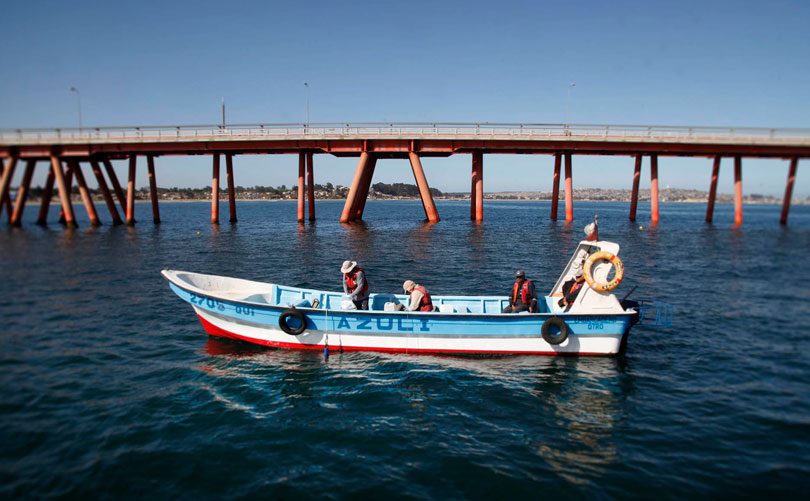We are committed to a clean operation that does not produce waste and generates minimal atmospheric emissions. We also permanently monitor its impacts.
GNL Quintero is committed to the Terminal’s clean operation and compliance with high environmental standards. It has an Integrated Management System that enables it to prevent and mitigate environmental impacts, monitoring its functioning through a range of indicators.
For further information, see our Health Safety, Security and Environment (HSSE) Policy.
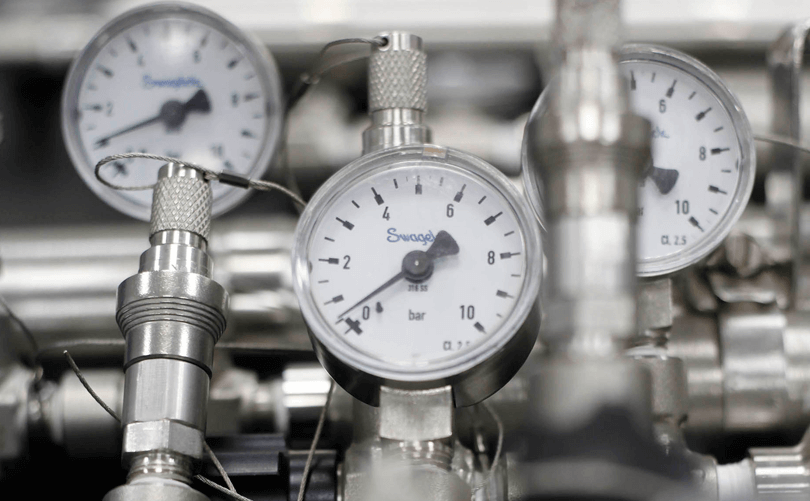
The Terminal works with natural gas, the cleanest of all fossil fuels, and its operational process is characterized by its low atmospheric emissions, which account for less than 0.1% of the total emitted by the other sources on the Quintero Bay as regards sulfur oxide (SOx), nitrogen oxide (NOx) and particulate matter. Moreover, most of our emissions correspond to backup equipment that is not used on a daily basis.
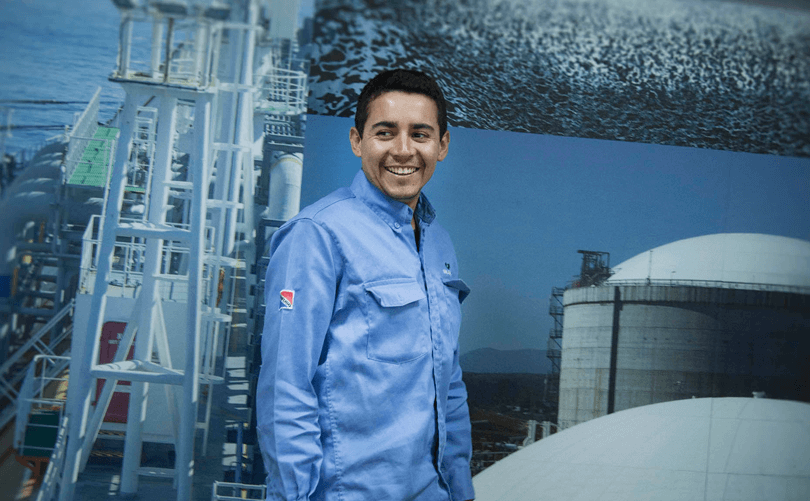
The Terminal does not generate a significant amount of waste. It applies a Waste Management Standard that seeks to minimize the generation of waste and foster its reuse as an alternative to landfill disposal. To maximize reuse, we have incorporated innovative techniques such as vermicomposting which, through the combined action of worms and microorganisms, recycles the organic waste generated by the offices and canteen.
In 2018, the Company signed a Zero Waste to Elimination Clean Production Agreement (APL) and set annual goals to allow it to become “Zero Waste” in solid non-hazardous waste by end-2023.

In the case of liquid waste, the Terminal uses seawater to heat and regasify LNG (which is at -160° C). This water passes through heat exchangers, known as vaporizers, without coming into direct contact with the LNG, and is returned to the sea approximately 4° C cooler than when it was withdrawn. Before the seawater is used, sodium hypochlorite (chlorine) is added up to a concentration of no more than 0.5 mg/l (four times less than in drinking water). No other chemical, heavy metal or other type of pollutant is added. The seawater recovers its original characteristics within a radius of less than 100 meters from the discharge point.

The Environmental Impact Study (EIA) for the GNL Quintero Terminal was approved by the Valparaíso Region Environmental Commission (COREMA) through Environmental Qualification Resolution (RCA) N° 323/2005, issued on 29 November 2005. Since then, other environmental evaluations related to the execution of different projects and improvements of the Terminal have been carried out. For further information, >see the Environmental Evaluation Service’s file on the company.
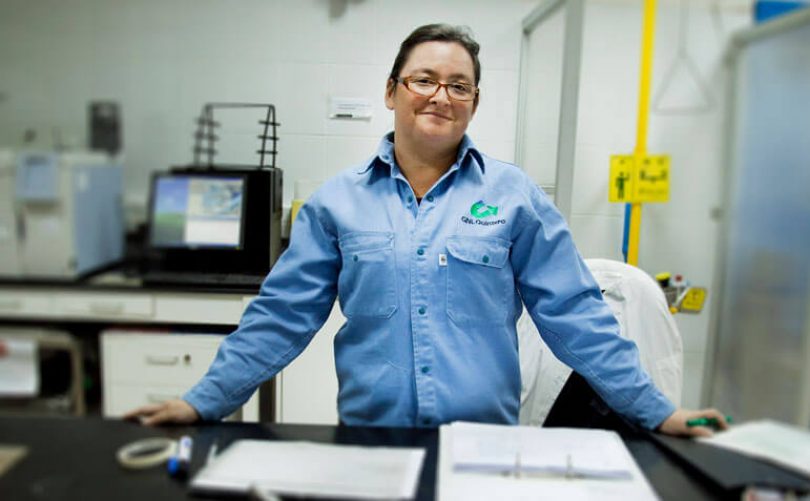
As part of its environmental undertakings, GNL Quintero finances the operation of two air quality monitoring stations, one located in the center of Quintero and the other in the Valle Alegre sector. They are managed by SGS Chile, a company specialized in this field, which reports the results directly in real time to the environmental authorities.

The monitoring station in Quintero measures the following components, as required by the authorities: sulfur dioxide (SO2), nitrogen oxide (NOx), carbon monoxide (CO), ozone (O3), total methane and non-methane hydrocarbons and particulate matter (PM 10.5 and 2.5). The station also has equipment to measure wind speed and direction, which is essential for monitoring air quality.
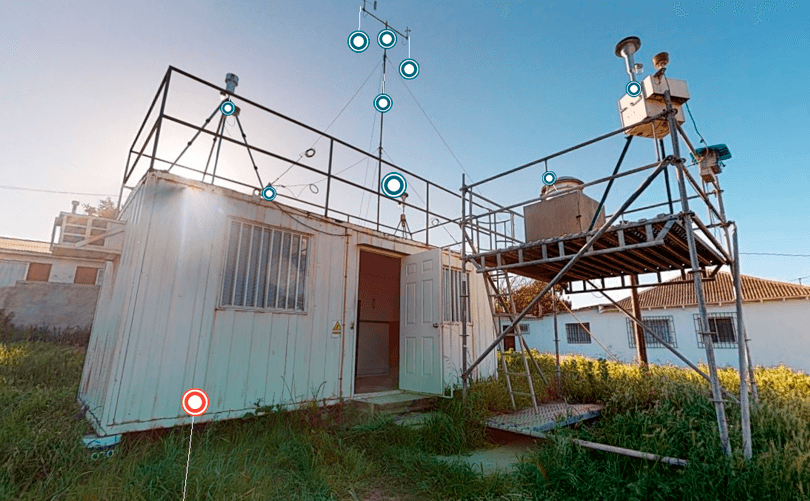
As part of its environmental undertakings, GNL Quintero regularly measures different marine indicators, grouped together in an Environmental Surveillance Plan (PVA).
These measurements are carried out four times a year by SyA Ambiental, a certified company that is a specialist in the field. Its experts take samples of water, sediment and plankton for different measurements and experiments (in the field and the laboratory). The results of these tests indicate that the Terminal’s operations have a very low impact on the water and its ecosystem.
In addition, the discharge of process waters is monitored weekly to verify compliance with different parameters required under the Terminal’s Environmental Qualification Resolution (RCA).
